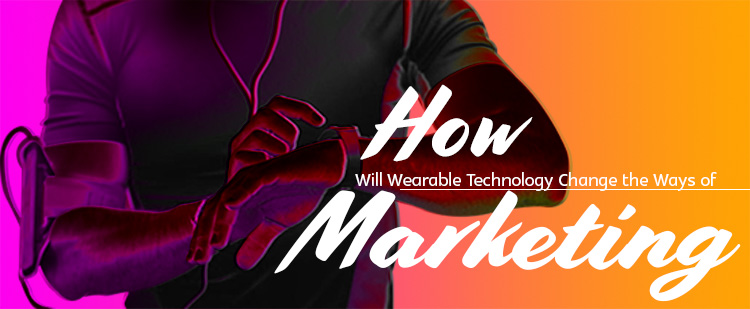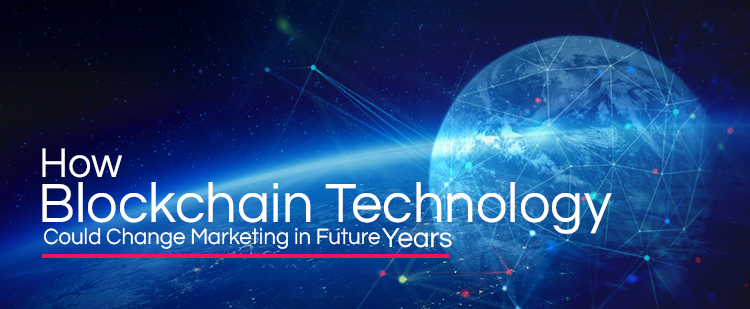Wearable technology has arrived in mainstream gadgets such as smart watches and fitness wrist bands during the past years.
According to Tractica, total shipments of all wearble device is set to cross 560 million pieces with an estimated device revenue of $95 billion by 2021.
From eye-wear that gives additional information on the world around you to smart-wear t shirts that track your athletic performance, technology is going to fused with daily objects.
Levi’s has already partnered with Google for Project Jacquard (smart jacket).
The denim jacket has a smart tag on the sleeve cuff that allows cyclists to control their paired smartphone.
For marketers this is an opportunity just like mobile device was in early 2000s.
Wearable technology has the potential to change how marketers gather data, reach out to users, advertise and convert customers.
Here are the aspects of marketing that wearable technology will change:
- Content Marketing Strategy
Content marketing strategy will have to adapt to wearable devices. Smaller screens on smart watches and eye-wear mean that information has to be less than 140 characters.
Marketers cannot rely on blogs and videos to pull in users. This will put pressure on marketers to come up with snippets of information that are relevant to readers.
This is not necessarily bad news though. Wearables will also give marketers lots of real time information (as we will see in next point) that will allow them to come up with extremely targeted messages.
Content may also be delivered in voice as most wearables lack screens.
Integrating wearables in your content marketing plan requires changing your content length, format and delivery.
- Data on Users
Until now we have only been collecting data on user demographics and online behaviour. Wearables will give offline data on users that was previously impossible.
Data on physiological changes, daily routines and decision making process can be ground-breaking revelations for your brand.
Imagine knowing the eye pupil dilation of a consumer as she walks across shelves in departmental stores.
This will give an indication of level on interests in products and her reaction to new product.
This data is possible with wearables that monitor user bodily functions 24×7.
Such detailed data will allow marketers to define their audience, build better products and give more personalized content.
- Buyer’s Journey
How we purchase products today is very different from the way we purchased ten years ago.
Today, a typical consumer goes through search information, multiple websites, mobile apps and sometimes in-store visits before deciding to buy.
In fact, Google’s ZMOT research suggests that an average consumer has more than 10 brand touch-points on his customer journey.
Wearables will also alter this buyer’s journey by adding to it or maybe even making it shorter.
Timely push notifications by a brand may speed up the process by giving enough touch-points in a shot span of time.
More importantly, brand interactions will become part of the usual day where brands don’t have to sit around waiting for users to log in online for interaction.
An example could be a blood sugar level alert after every meal by a healthcare brand.
- Wearables App Development
Most wearables do not have screens fit for traditional website and mobile applications.
For this marketers will have to invest in wearable optimized application. The content of the application must be customized to buyer’s stage with clear call to action to move the customer further along the funnel.
Wearable apps could be used to send push notifications that compel users to check brand apps or website.
The marketing funnel itself may not change much but the steps and call to action will change according to the device.
Whether users will actually make purchase on smart watches remains to be tested.
However, going by the number of people using mobile apps for sensitive tasks such as banking, it is possible that people will embrace any channel that is convenient and safe.
- Paid Ad Strategy
Marketers will also have to rethink their digital paid advertisement strategy. Consider the following advancements in technology:
- No screen for wearable will mean more emphasis on voice search
- Internet of Things (IoT) means all your gadgets are interconnected
- Emergence of Artificial intelligence means ad platforms are continuously learning about you
All these changes mean that users will no longer be targeted by keywords but by real- life situations they are in.
For example, your smartwatch would know through connection with smart coffee machine that your coffee beans are over.
In turn your ad could be ‘read out’ by the virtual assistant (like Siri) as a suggestion to order coffee beans.
This could be wearable’s own ad platform or an extension of current platforms like Google Adwords to wearable.
Let’s Wrap it Up
Wearable technology is still in its early phase but will be common by 2021.
The interplay of wearables, AI, machine learning, voice search and internet of things is going to bring about a massive change in how businesses market their products.
Marketers must use this to serve relevant information. Pushing intrusive content on a personal wearable can ring data privacy alarms for consumers.

